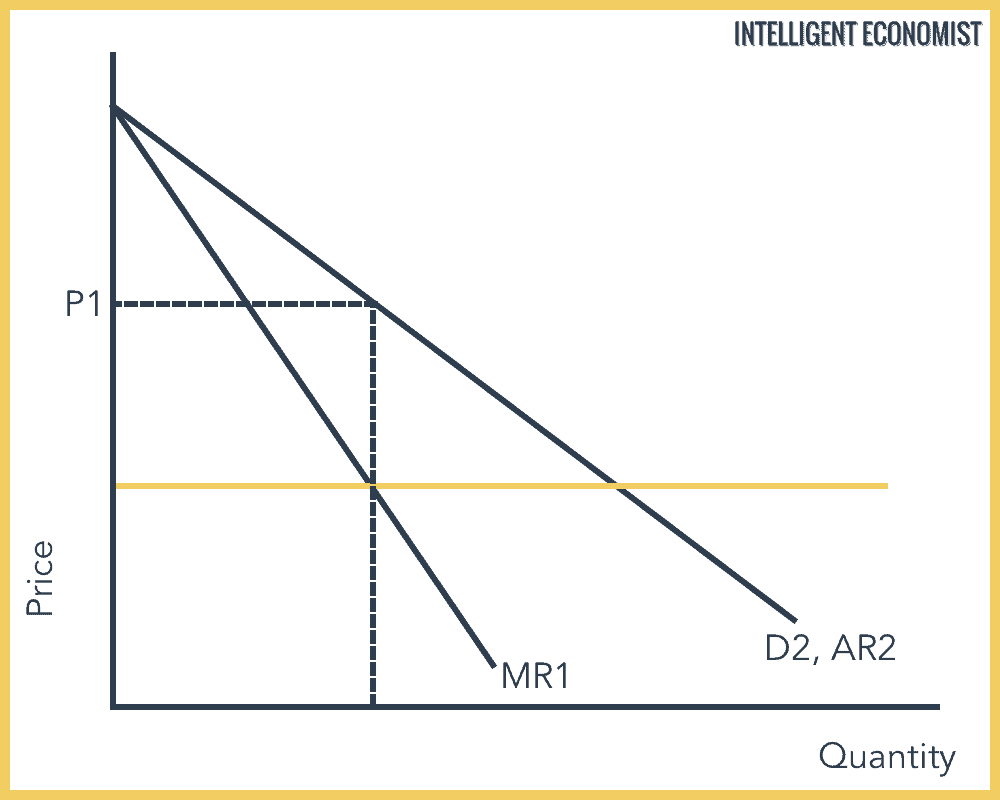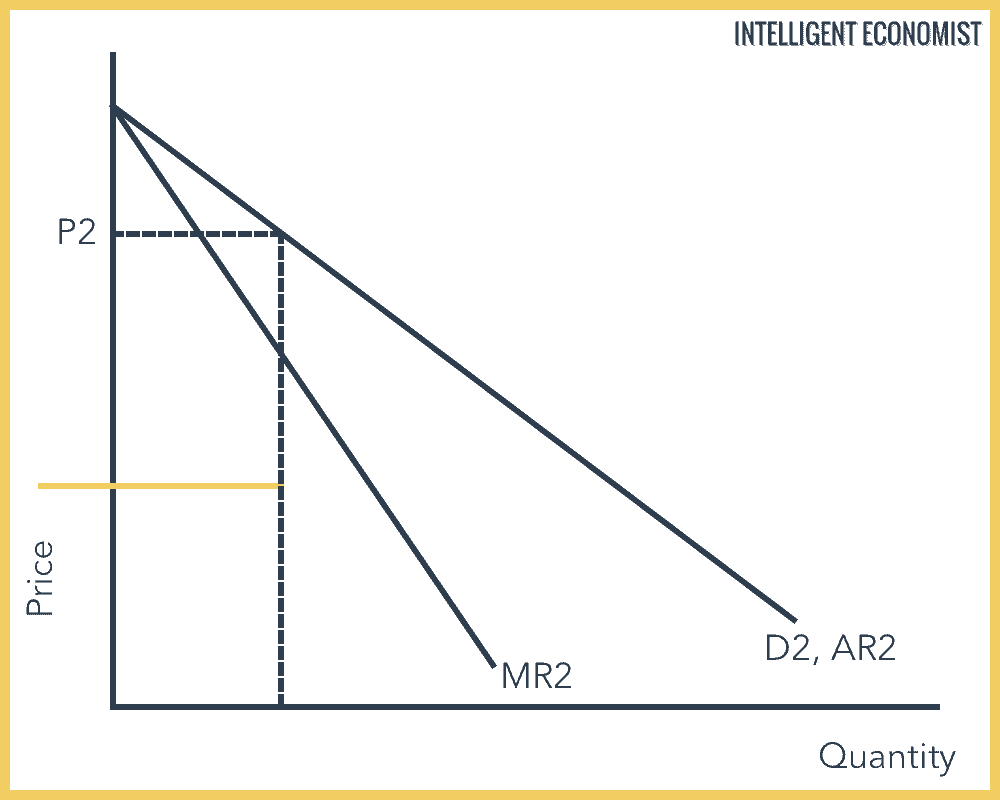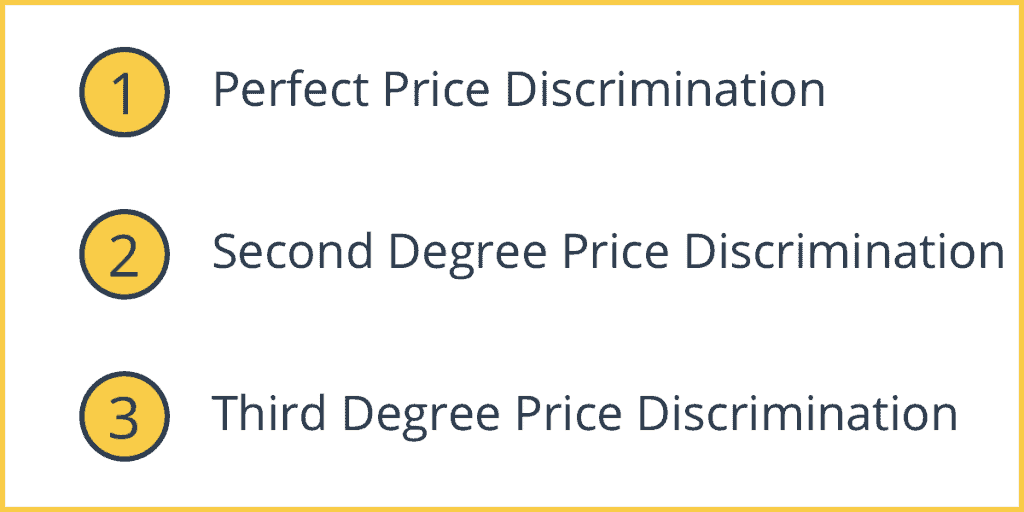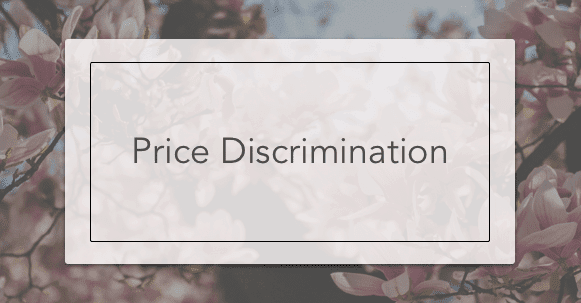Price discrimination is a kind of selling strategy that involves a firm selling a good or service to different buyers at two or more different prices, for reasons not necessarily associated with cost. Price discrimination results in greater revenue for the firm. For example, hotel rooms, airline tickets, and professional services all offer different prices for different customers.
When you are paying for a seat on an airline, the airline offers different prices for different seats in different locations. Because some people are willing to pay more, the airline taps the extra consumer surplus by charging them more and providing a slightly different service. However, in economics there is no difference between a seat in business class or economy, they both provide the same type of service; taking people from one location to another.
Price Discrimination Examples

Here are six useful price discrimination examples across a number of different areas:
1. Airline Travel
Airlines charge different prices depending on the season, time of the flight and day of the week. During the peak holiday season, the prices will be higher because demand is greater and more inelastic.
2. Quantity Purchased
Many sellers offer quantity discounts for bulk purchases as a way to get buyers to buy more.
3. Coupons
Companies often give coupons to selected consumers. For example, CVS sends coupons to regular customers to get special offers, e.g. 20% off selected items. These coupons are often highly targeted to your spending habits and previous purchases. This difference helps them segment the market based on purchase patterns and frequency.
4. Age Discounts
A popular way to segment the market is by age category, e.g., students often get discounts on travel and retail. Students almost always have lower income than working adults and so are more sensitive to changes in price.
5. Choosing Your Seat Early
Airplanes offer numerous ways to charge different prices for privileges like choosing a seat early or priority check-in. These perks are a way of extracting higher prices from those who want to pay for extras.
6. Three for Two offers
Bookstores often advertise that you can buy three books for the price of two to encourage consumers to buy a higher quantity.
Price Discrimination Conditions
The following conditions must be met for price discrimination to be successful:
- Firms must be able to control supply.
- Firms must prevent the resale of products from one buyer to another.
- There must be a difference in price elasticities in the different markets for the product.
Lower Price

Higher Price

Types of Price Discrimination

Price discrimination can be divided into three different types or “degrees”:
1. Perfect Price Discrimination
In the case of first-degree price discrimination, otherwise known as “perfect” price discrimination or personalized pricing, the seller knows and charges the maximum possible price every buyer is willing to pay. This is called “perfect” because it creates a perfectly efficient market by eliminating all consumer surplus.
2. Second Degree Price Discrimination
Second-degree price discrimination is also sometimes called “product versioning” or “menu pricing.” With this form of price discrimination, the seller does not have information on all possible buyers and charges consumers different prices based on either the quality or the quantity of the good or service.
This may include, for example, discounts on bulk purchases (quantity, the most common form of discount with second-degree price discrimination) or charging more for first-class seats (quality). It does not function to entirely eliminate consumer surplus like first-degree discrimination, but it will increase companies’ profit margins for part of the total consumer base.
3. Third Degree Price Discrimination
The most common form of price discrimination, third-degree price discrimination can also be called “group pricing.” The term describes when a seller charges buyers different prices depending on their particular market segments, such as age profile, income group, or time of use.
This kind of categorization in pricing is legal except in certain significant circumstances, including racial or religious discrimination. For example, many stores sell their own credit cards, which offer consumers special discounts and rewards.
Other common areas where this can be found include amusement park admissions and sales for theater tickets. This form of price discrimination helps to lower consumer surplus by adapting to various consumer groups’ particular price elasticity of demand.


Under what conditions is price discrimination beneficial to a monopolist?
Sir how can we connect the practice of price discrimination with macroeconomic concepts?
When the profit from dividing the market into segments exceeds what was being extracted when the markets were combined